Domestic pepper price on October 31
Pepper prices today (October 31) in the domestic market continued to move sideways, remaining at a high level after two consecutive days of increase. The common transaction price is in the range of 144,000 - 146,000 VND/kg.
Specifically, prices in key localities are as follows:
- Gia Lai : 144,000 VND/kg (lowest price in the region).
- Ho Chi Minh City: 144,000 VND/kg.
- Dong Nai : 144,000 VND/kg.
- Dak Lak and Lam Dong: 146,000 VND/kg (highest level in the region).

World pepper market
In the world market, pepper prices of all kinds did not record any fluctuations compared to the previous trading session. Below is a reference price list in some major markets:
| Country/Type of pepper | Price (USD/ton) |
|---|---|
| Indonesia - Lampung Black Pepper | 7,211 |
| Indonesia - Muntok White Pepper | 10,061 |
| Malaysia - ASTA Black Pepper | 9,500 |
| Malaysia - ASTA White Pepper | 12,500 |
| Brazil - Black Pepper | 6,100 |
| Vietnam - Black pepper 500 gr/l | 6,400 |
| Vietnam - Black pepper 550 gr/l | 6,600 |
| Vietnam - White Pepper | 9,050 |
Production forecast and global trends
According to the International Pepper Community (IPC), the global pepper market is facing many challenges but there are also positive signals in the medium term.
Output expected to decline slightly in 2025
Ms. Marina Novira Anggraini, Executive Director of IPC, said that global pepper output in 2025 is expected to reach about 520,000 tons, a slight decrease compared to 2024 due to the impact of weather fluctuations in many production areas. However, the global supply chain is assessed to still be sufficient to meet demand thanks to the market's solid fundamentals.
Recovery prospects by 2026
IPC has a more optimistic forecast for 2026, with production expected to recover slightly to around 533,000 tonnes. This is subject to favorable weather conditions and continued implementation of replanting and farm improvement programs. The market in 2025 is assessed as balanced but somewhat tight due to stable demand and moderate adjustment of export prices.

Efforts to reduce taxes and adapt to climate change
Ms. Anggraini also informed about the efforts to reduce import tariffs on spices into the US market. Currently, the temporary tariffs apply to the main producing countries: India (50%), Vietnam (20%), Indonesia (19%), Malaysia (19%), Sri Lanka (20%) and Cambodia (19%).
In addition, the pepper industry is facing the impacts of climate change such as erratic rainfall and extreme temperatures. In response, IPC member countries are promoting adaptive farming practices and the use of more resilient crop varieties. IPC is also promoting digital transformation through the IPC PepperLink platform to unify market information and enhance product traceability.
Source: https://baolamdong.vn/gia-tieu-hom-nay-3110-di-ngang-o-muc-146000-dongkg-399225.html









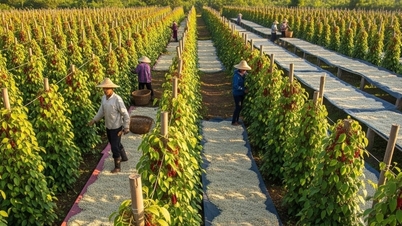
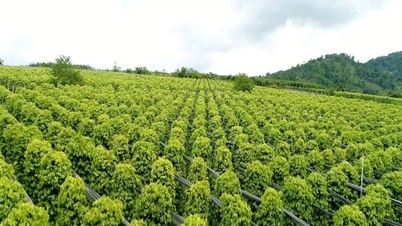



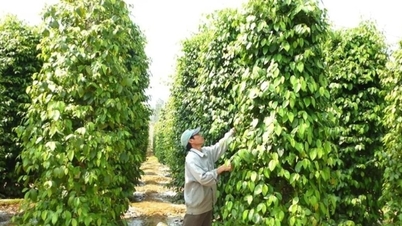

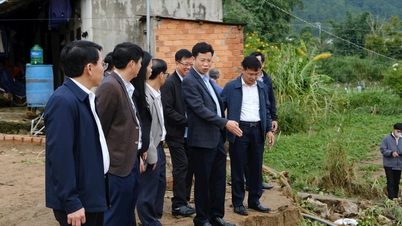



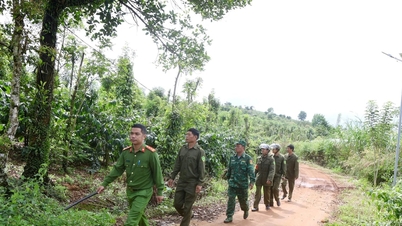




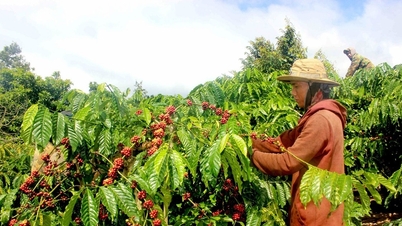
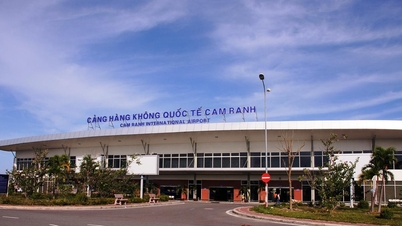

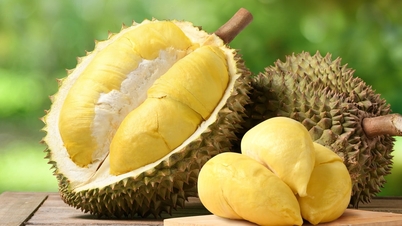




























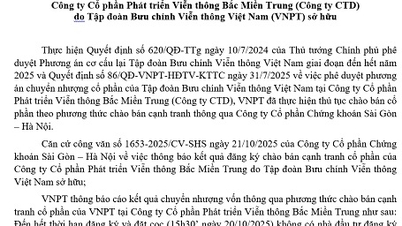
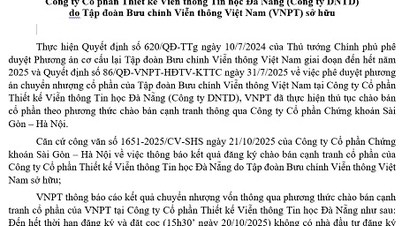














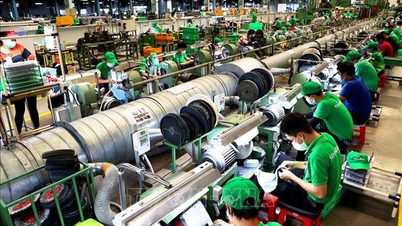

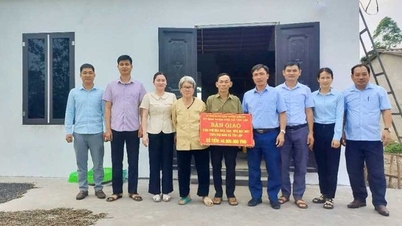












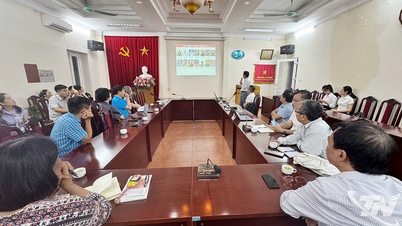



















Comment (0)